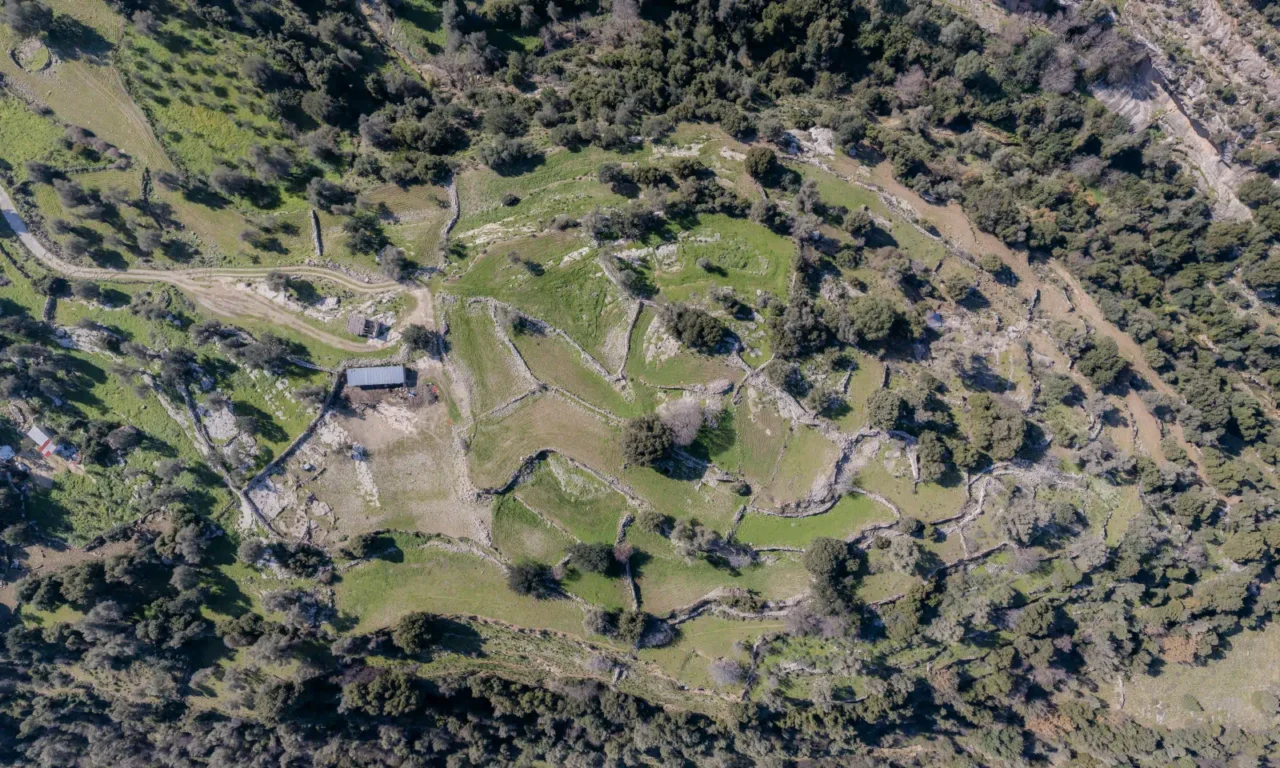
A Hub of Pottery Production
The Hellenistic settlement at Nisi offers a glimpse into the vibrant life of Eleutherna during the Hellenistic period. The settlement’s location, architectural features, and artifacts reveal a community engaged in various activities, including pottery production and trade. The settlement’s eventual abandonment in the mid-first century BC marks a significant turning point in Eleutherna’s history, coinciding with the Roman conquest of Crete.
Location and Context
The Nisi settlement is situated on a hill north of the present-day village of Eleutherna, distinct from the main hill of Prines where the ancient city’s acropolis and other significant structures were located. The choice of Nisi for settlement was likely influenced by similar factors that attracted people to Prines: access to water, fertile land, and defensible terrain. The settlement at Nisi is believed to have been established during the Hellenistic period, a time of growth and expansion for Eleutherna.
Archaeological Investigations
Excavations at Nisi have revealed the remains of several houses, pottery kilns, and a network of streets. The houses, partly carved into the rock, typically consist of five to six rooms arranged around a central courtyard. The presence of pottery kilns within some of the houses indicates that pottery production was an important activity for the settlement’s inhabitants. The streets, some of which are paved, suggest a planned layout for the settlement.
Pottery Production
The discovery of pottery kilns at Nisi provides strong evidence for local ceramic production. The kilns, along with the abundance of pottery sherds and wasters (discarded, misfired pots), indicate that the settlement’s inhabitants were actively involved in making pottery, likely for both domestic use and trade. The pottery produced at Nisi includes a variety of forms, such as storage jars, cooking pots, and tableware.
Trade and Exchange
The Nisi settlement was not isolated; it participated in trade and exchange networks, as evidenced by the discovery of imported pottery and other artifacts. The presence of imported goods suggests that the settlement’s inhabitants had connections with other parts of Crete and possibly beyond. The settlement’s location near the north coast of Crete would have facilitated access to maritime trade routes, enabling the exchange of goods with other regions.
Daily Life
The architectural features and artifacts found at Nisi offer insights into the daily lives of its inhabitants. The houses, with their multiple rooms and central courtyards, suggest a comfortable lifestyle. The presence of pottery kilns and other tools indicates that the inhabitants were engaged in various crafts and industries. The discovery of imported goods suggests that they also enjoyed access to a range of commodities from other regions.
Abandonment and Historical Significance
The Nisi settlement appears to have been abandoned in the mid-first century BC, around the time of the Roman conquest of Crete. The reasons for its abandonment are not entirely clear, but it may have been related to the broader political and economic changes that occurred on the island during this period. The settlement’s remains provide valuable evidence for the history of Eleutherna during the Hellenistic period, a time of growth and prosperity for the city. The settlement’s focus on pottery production and trade highlights the importance of these activities for the local economy.
Relationship with the broader city of Eleutherna
While Nisi represents a distinct settlement within the broader territory of Eleutherna, it was undoubtedly connected to the main urban center on the Prines hill. The presence of streets and possibly a fortification wall suggests a planned and organized community, likely integrated into the political and economic structures of the larger city. The focus on pottery production at Nisi may have served the needs of the entire city, providing both utilitarian and luxury wares for domestic use and trade. The eventual abandonment of Nisi, however, highlights the vulnerability of smaller settlements to broader historical forces and the shifting dynamics of urban development in ancient Crete.
Site: Key Points
- Construction Period: Hellenistic period (4th-1st centuries BC)
- Location: On a hill north of the present-day village of Eleutherna, separate from the main hill of Prines.
- Dimensions: The excavated area covers a significant portion of the hilltop, revealing the remains of several houses, pottery kilns, and streets.
- Historical Significance: Provides evidence for the growth and prosperity of Eleutherna during the Hellenistic period, particularly in terms of pottery production and trade. The settlement’s abandonment in the mid-first century BC marks a turning point in the city’s history, coinciding with the Roman conquest of Crete.
- Current Status: The site has been excavated and partially backfilled. Some structures may be visible, but the area is not fully developed for tourism.
References
- Stampolidis, N. Ch. (Eds.). (2011). Eleutherna III: The Necropolis of Orthi Petra. INSTAP Academic Press.
- Tsipopoulou, M., and Stampolidis, N. Ch. (Eds.). (2005). Eleutherna II: The City and its Territory. INSTAP Academic Press.
- Stampolidis, N. Ch. (Ed.). (2000). Eleutherna I: The Museum at Eleutherna. INSTAP Academic Press.













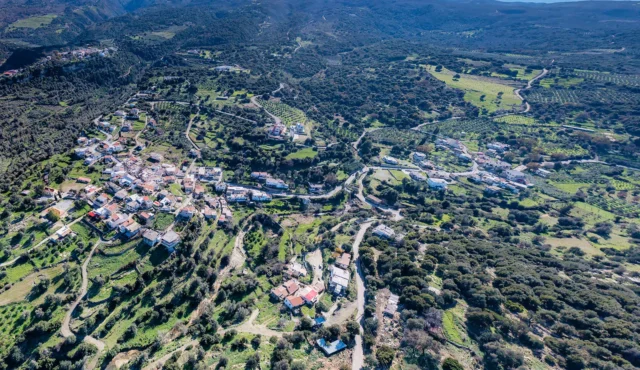


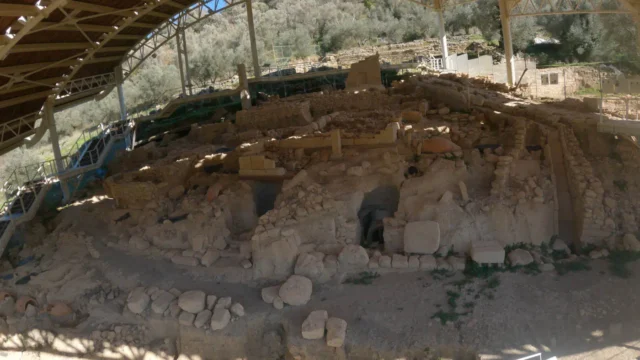
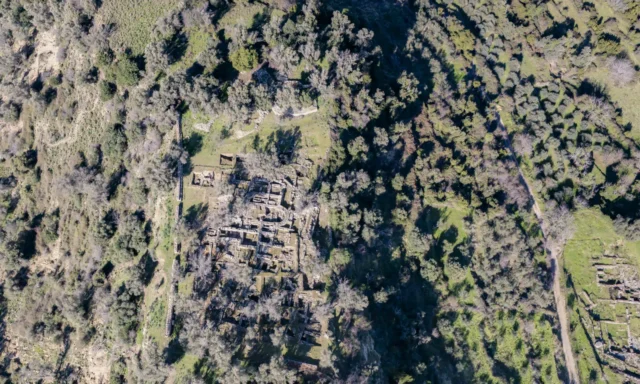
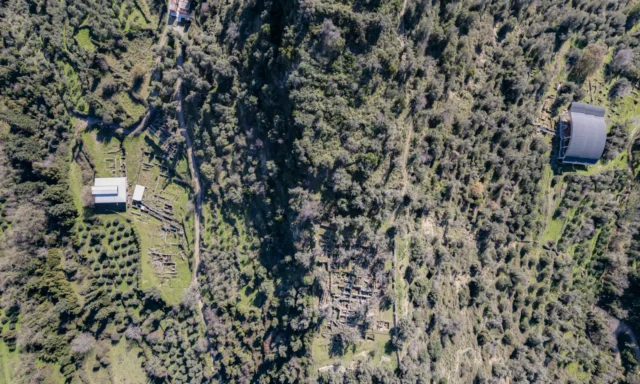
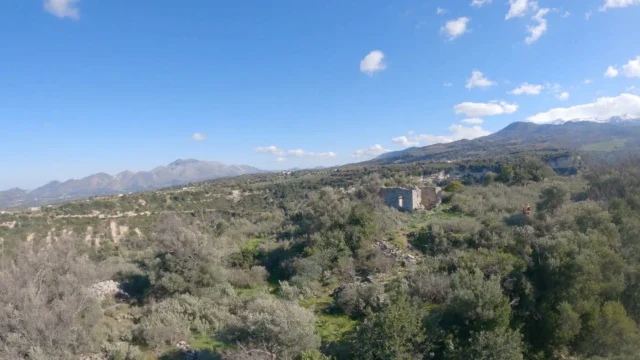
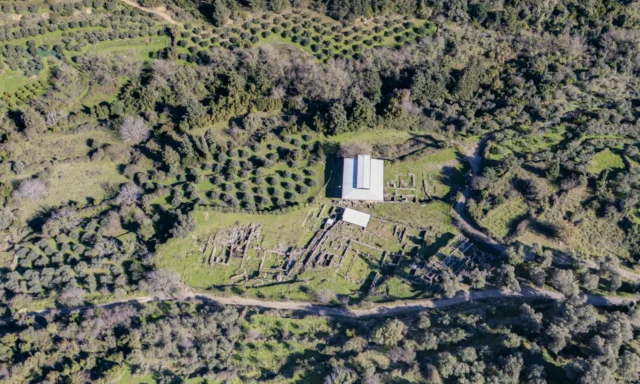

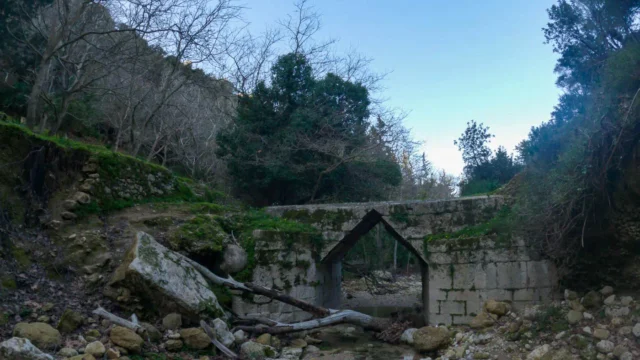

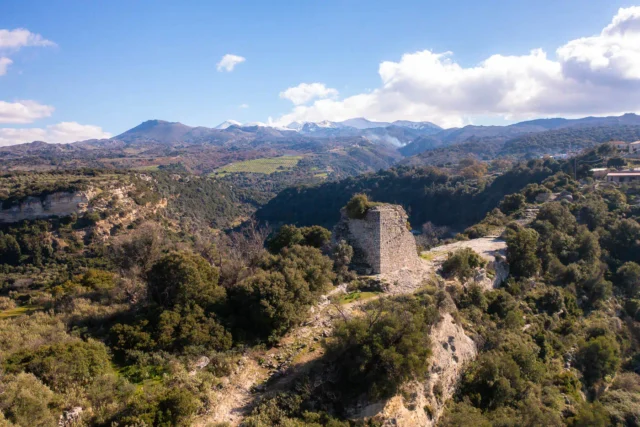
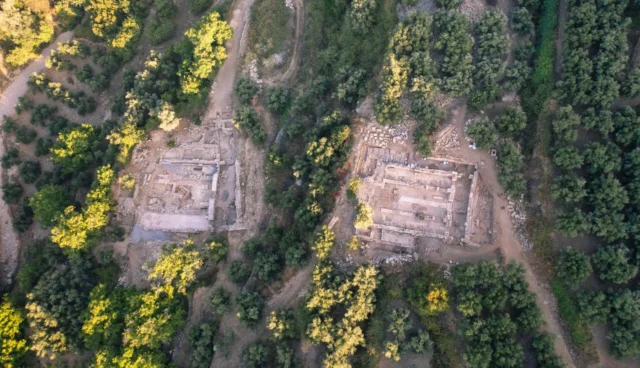
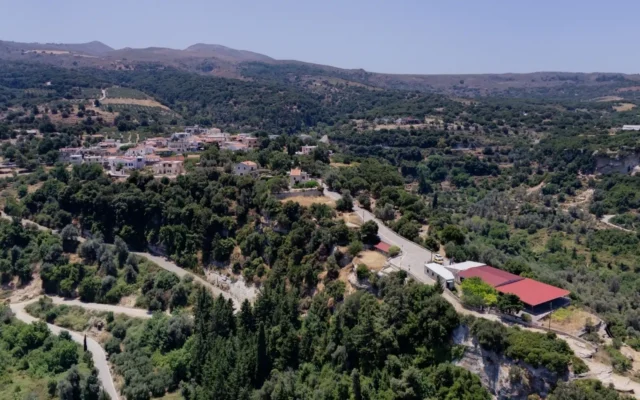
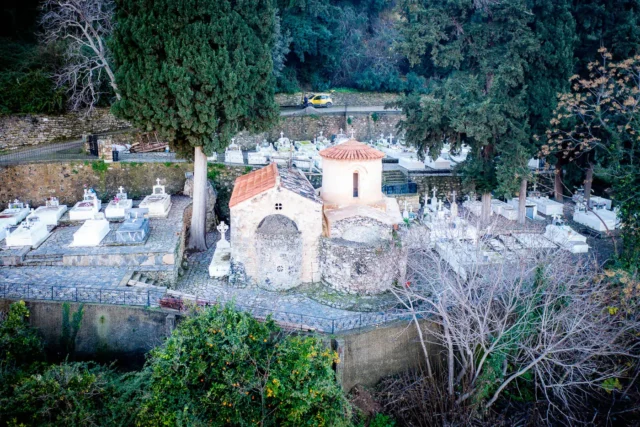

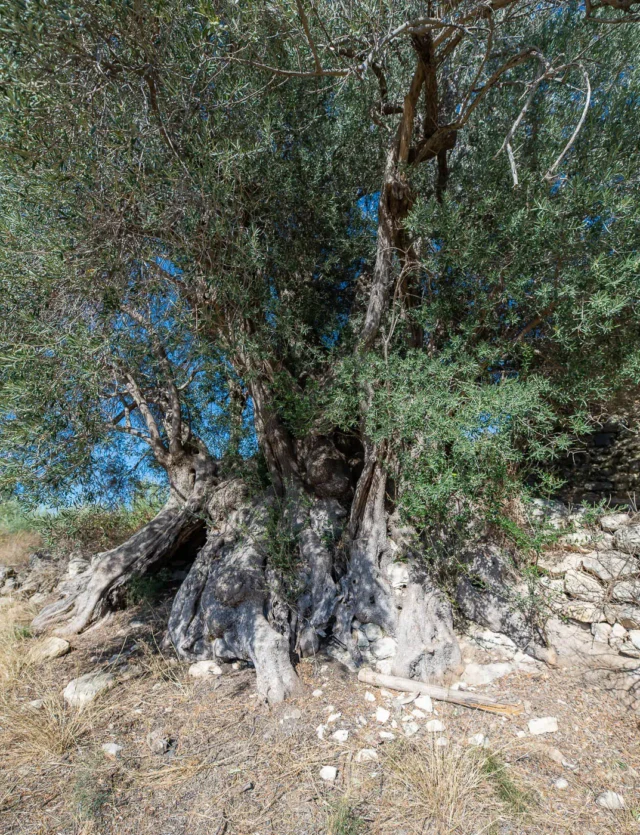

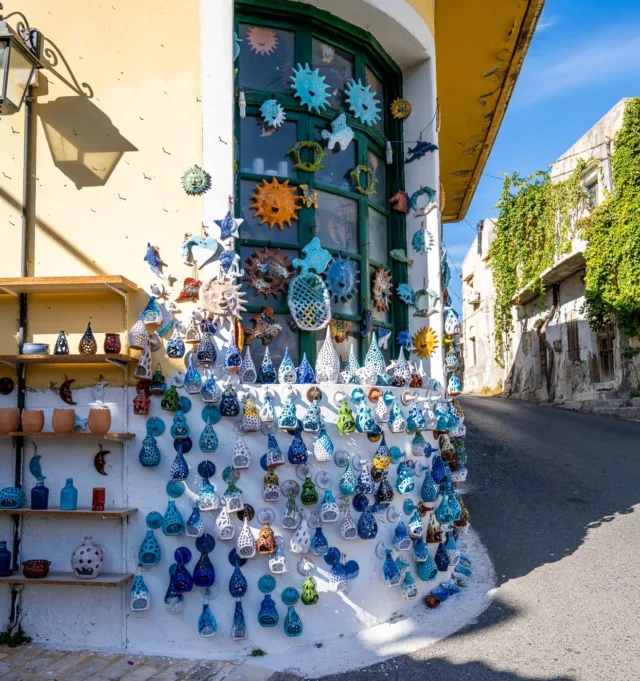
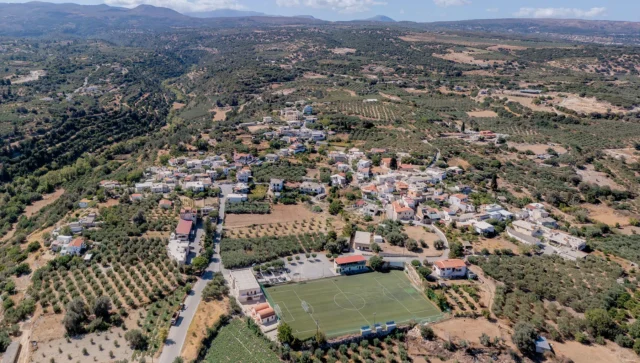
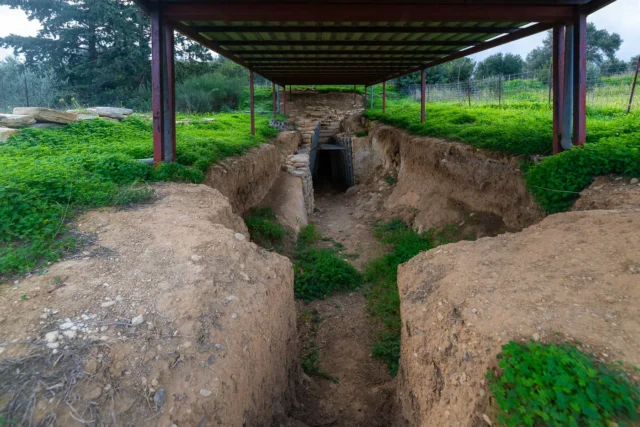

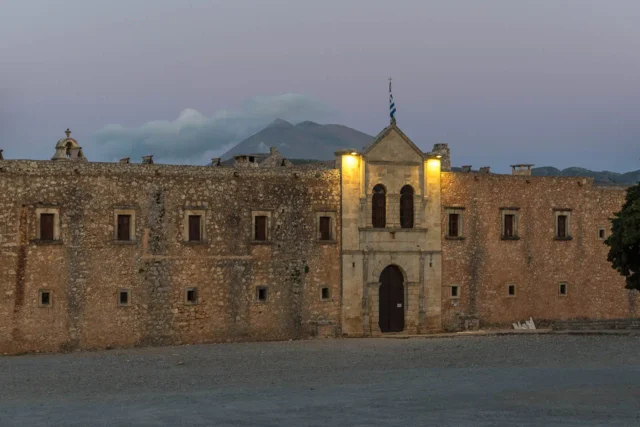

There are no comments yet.